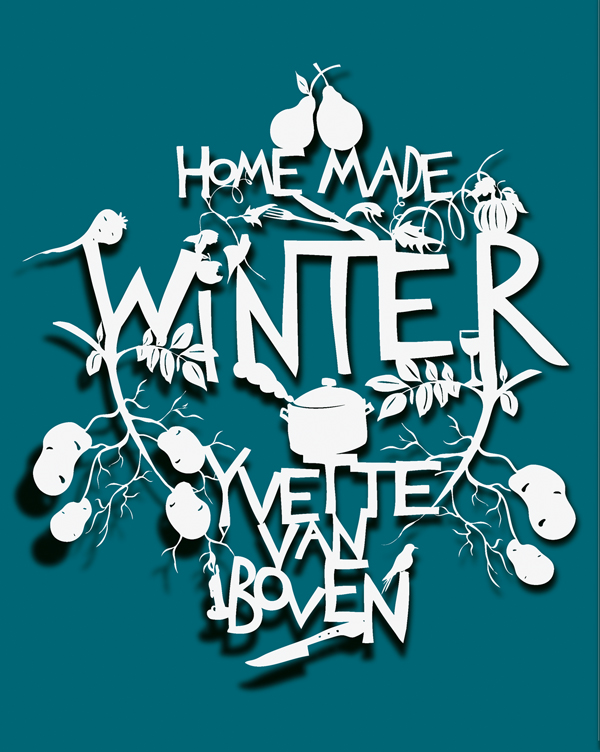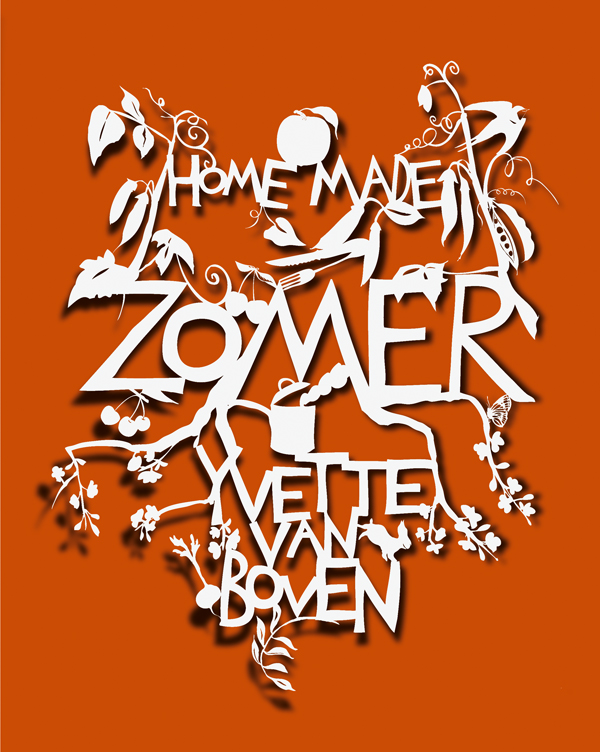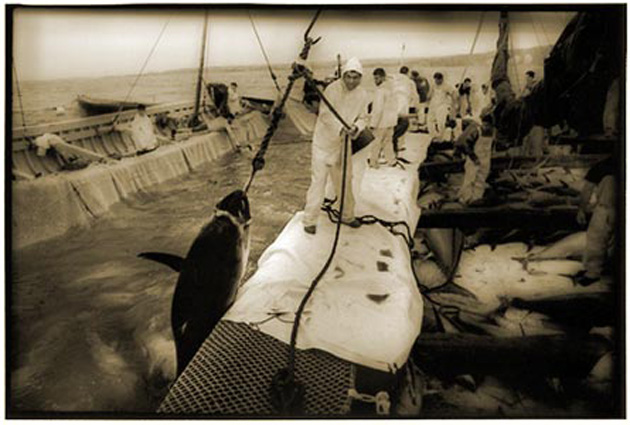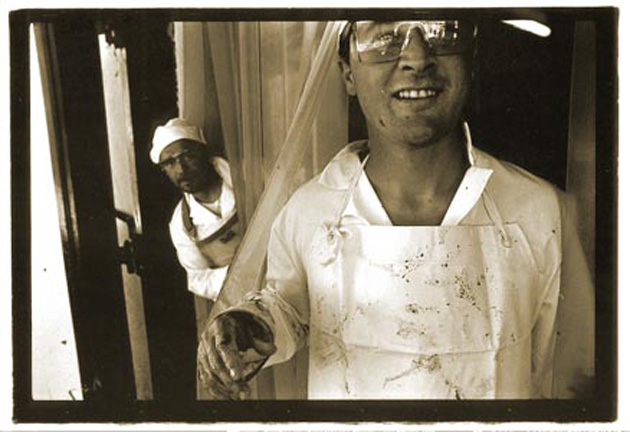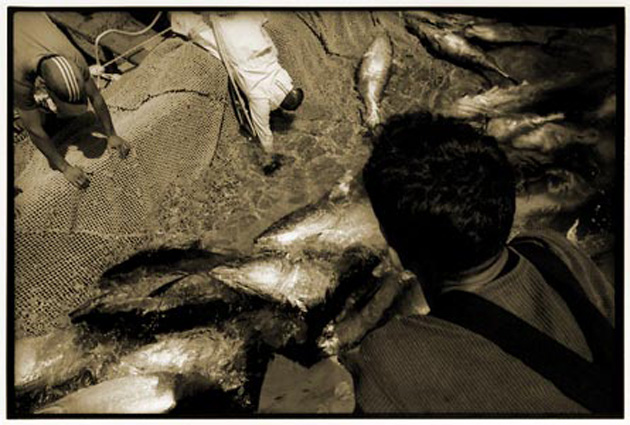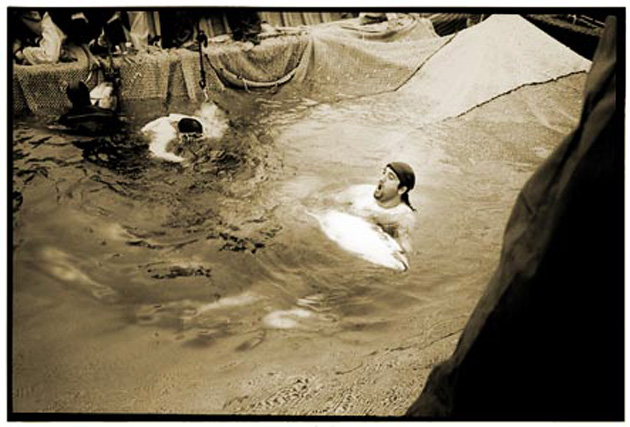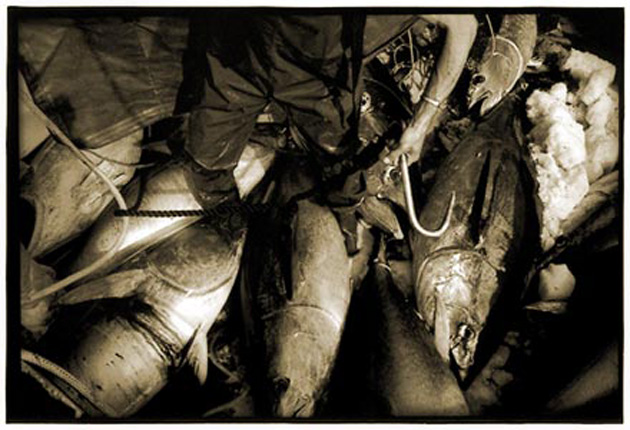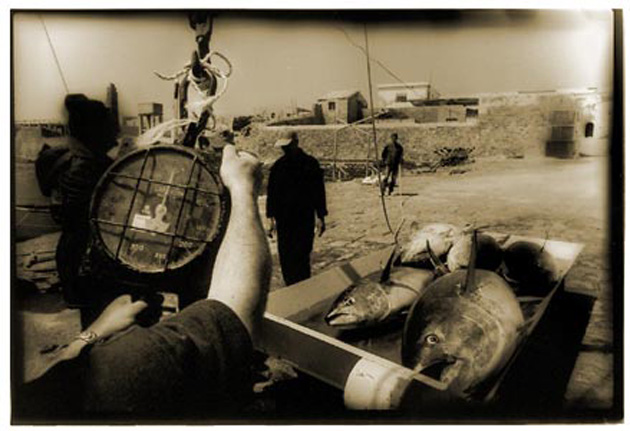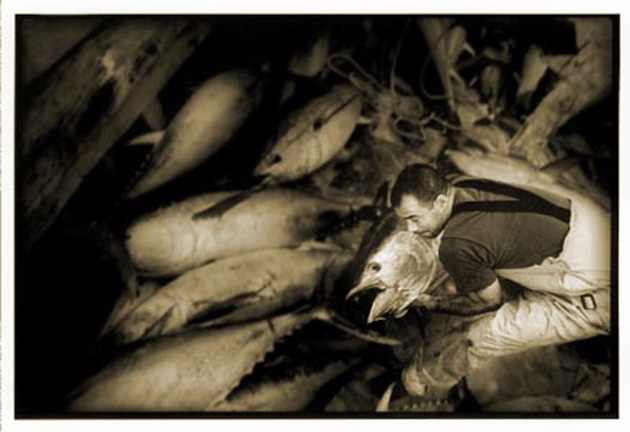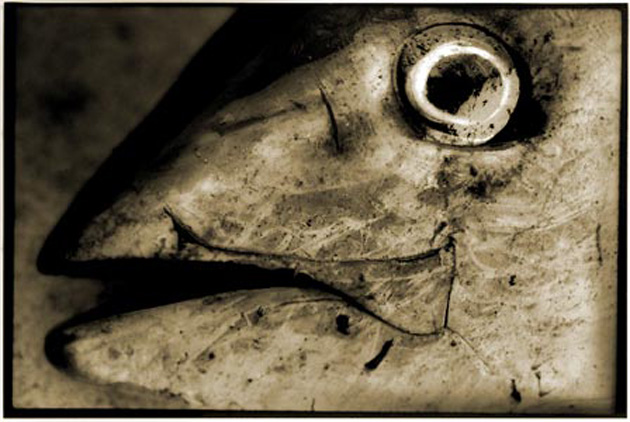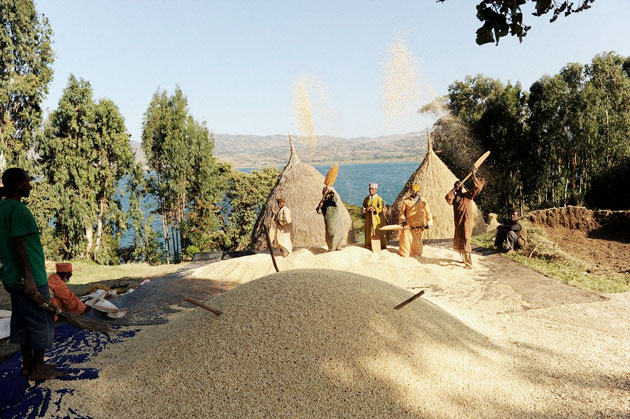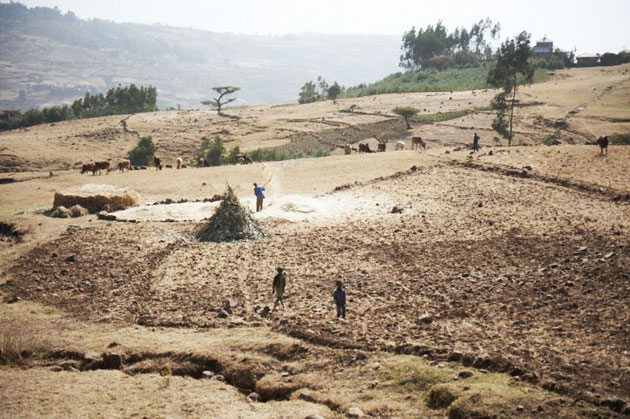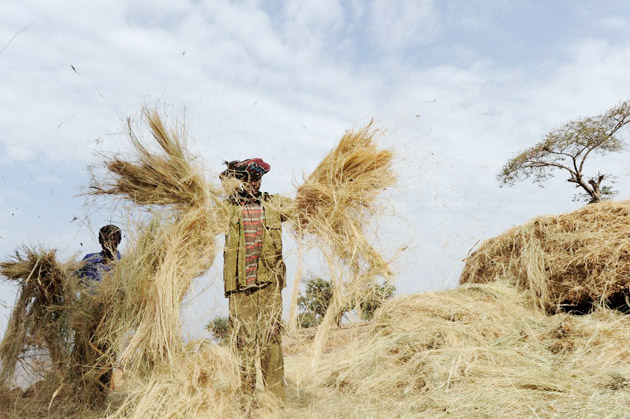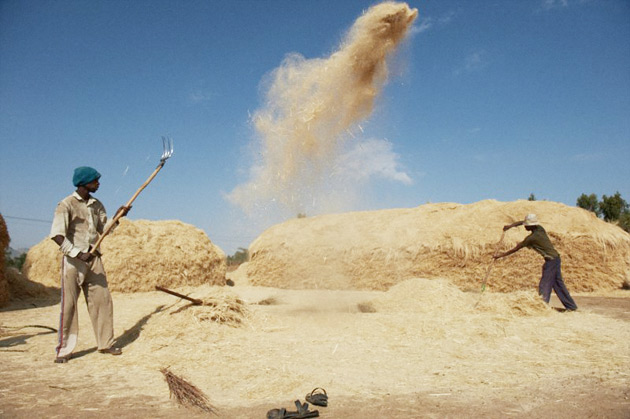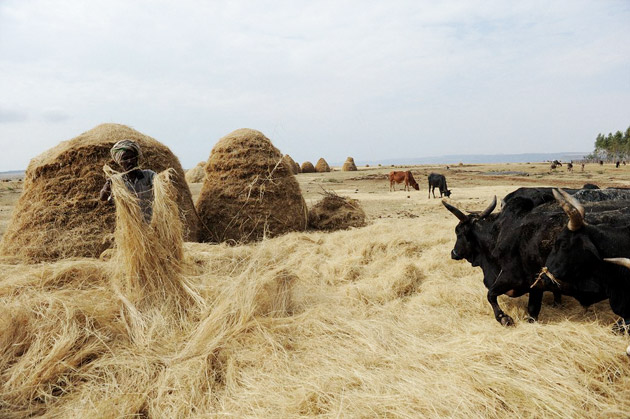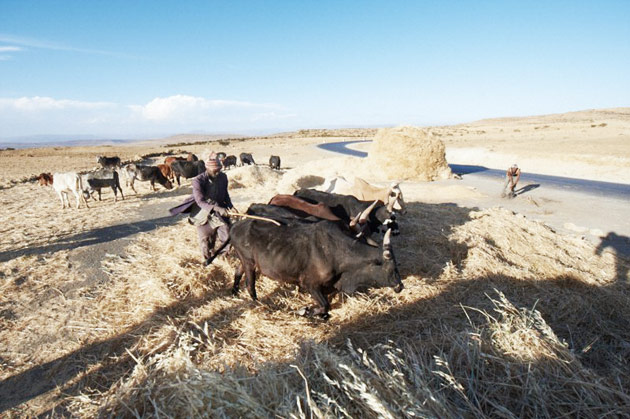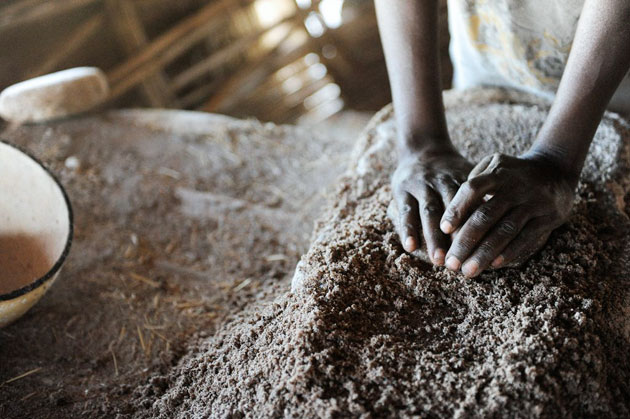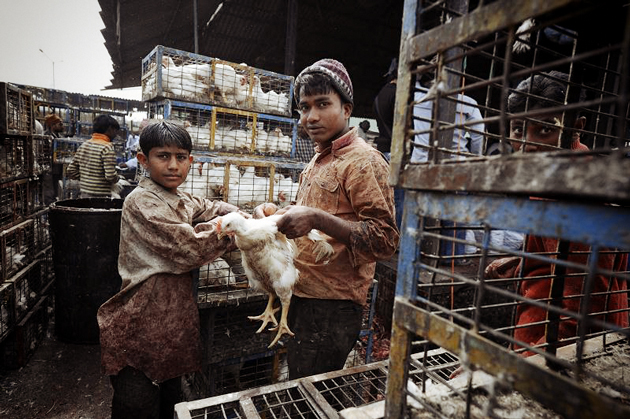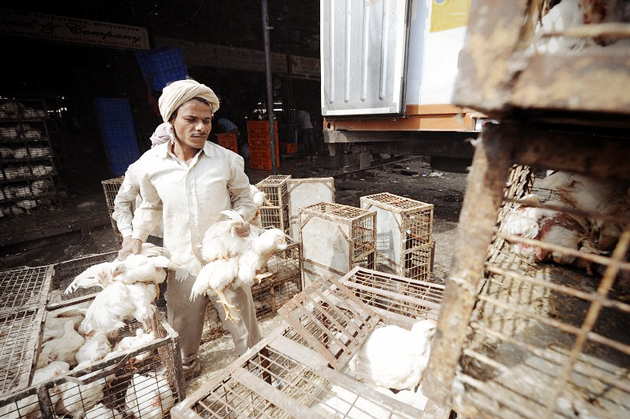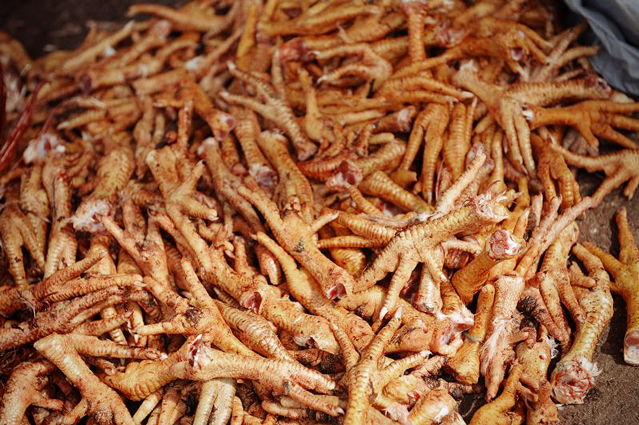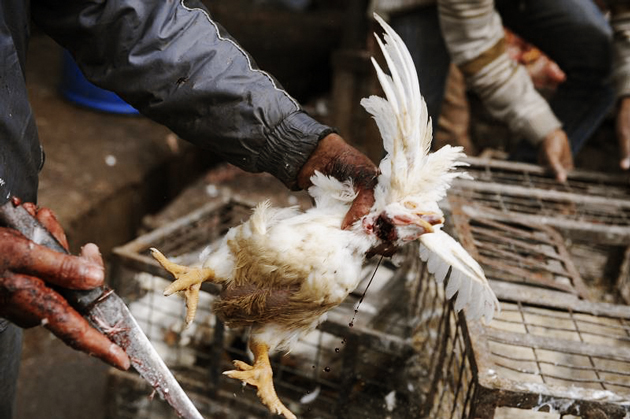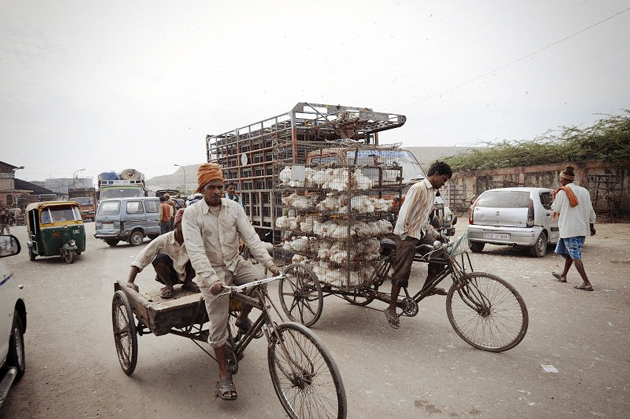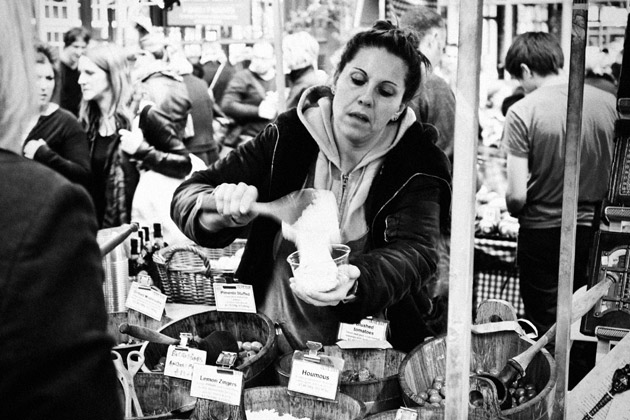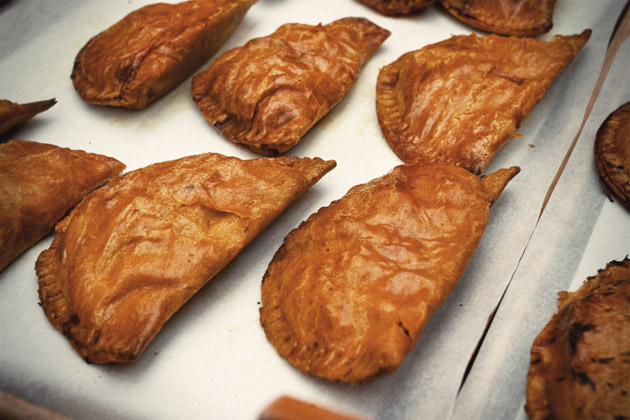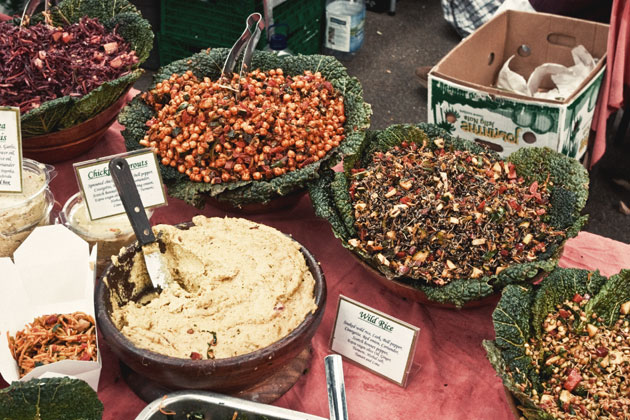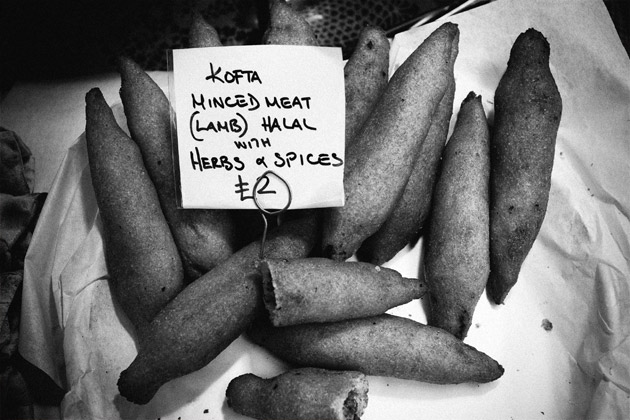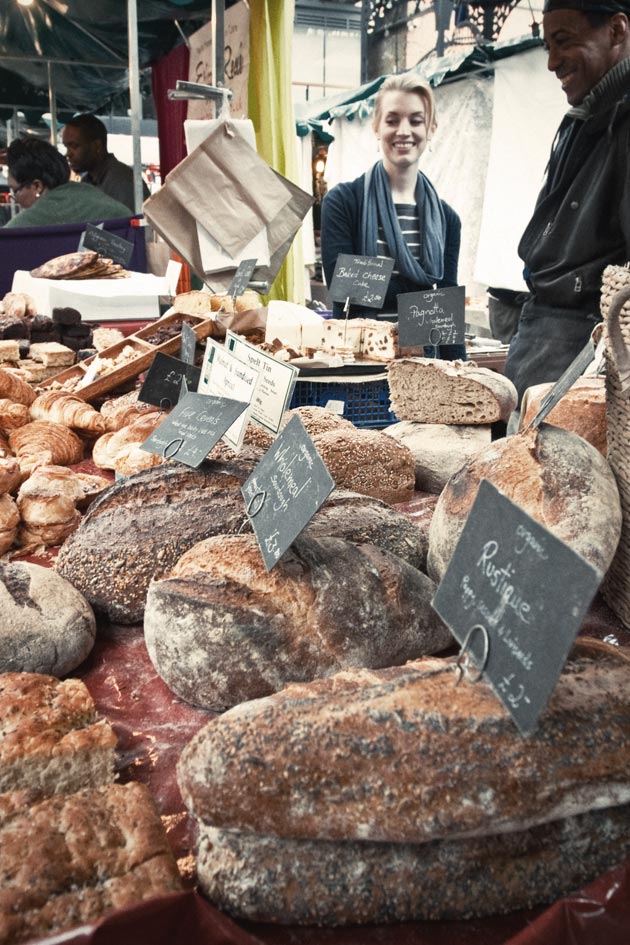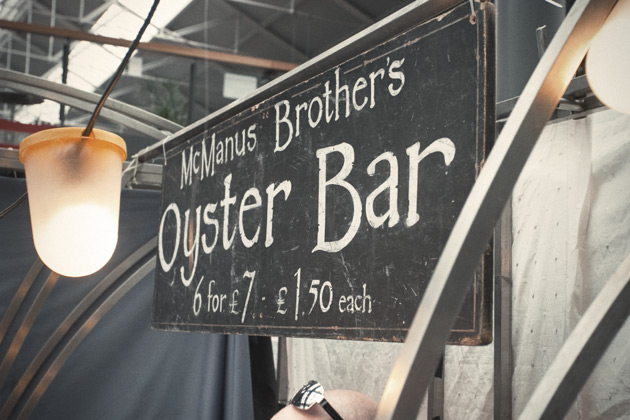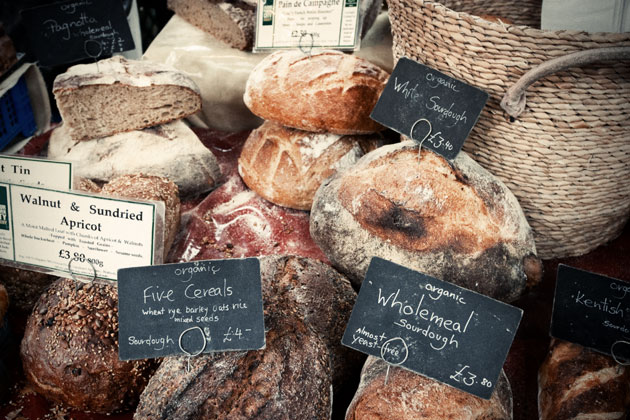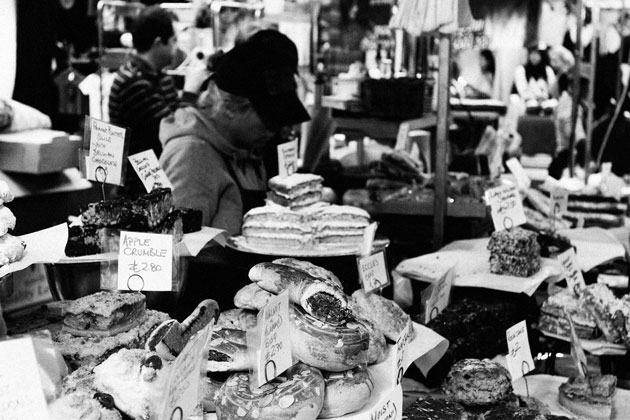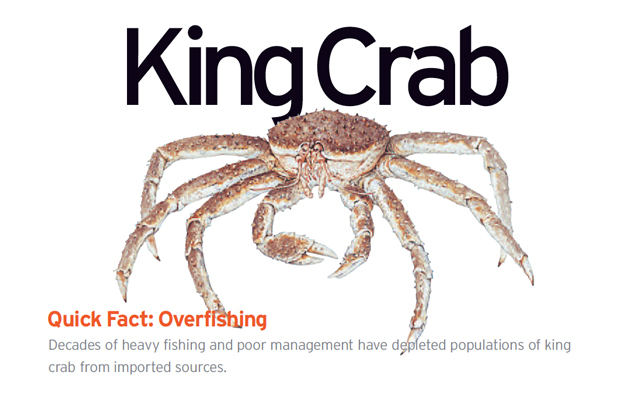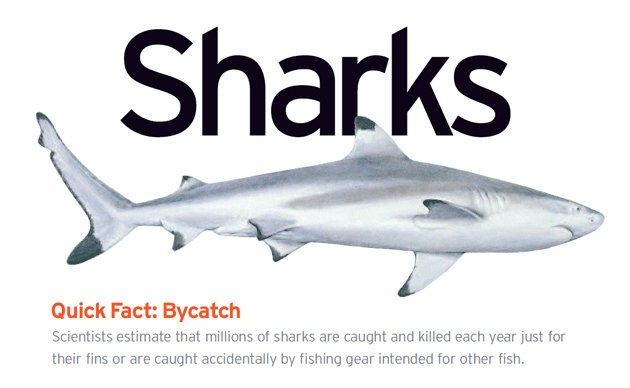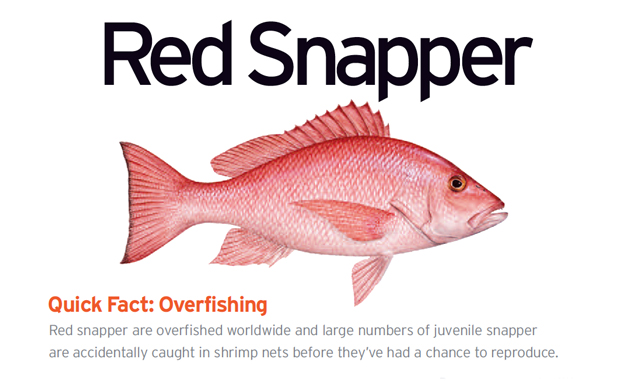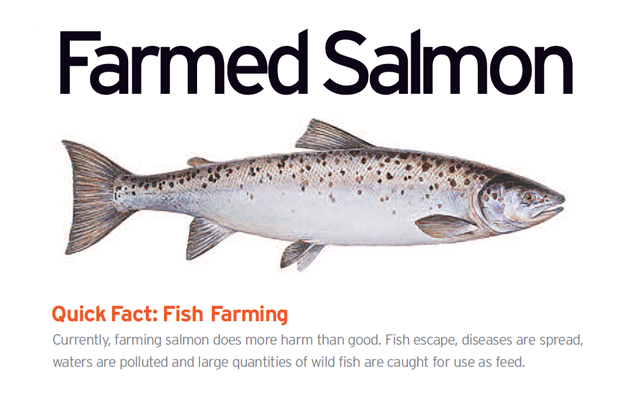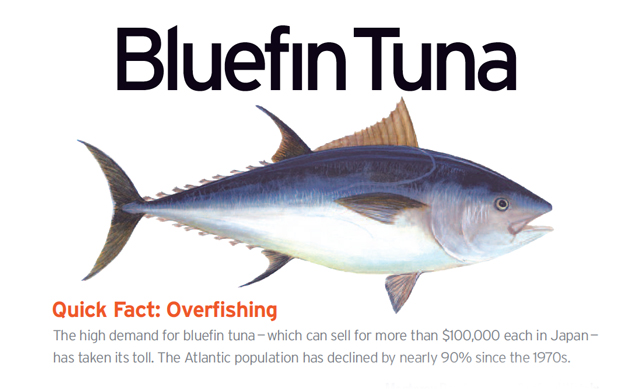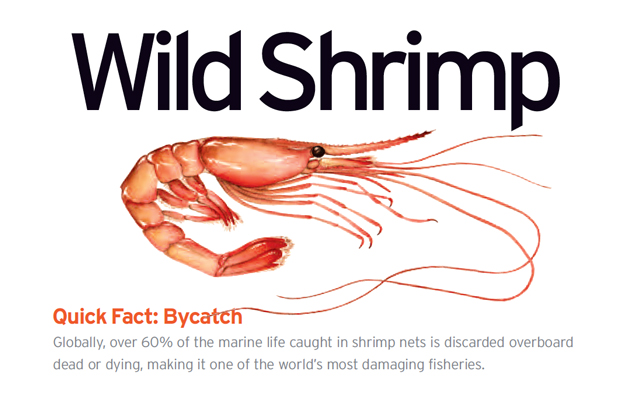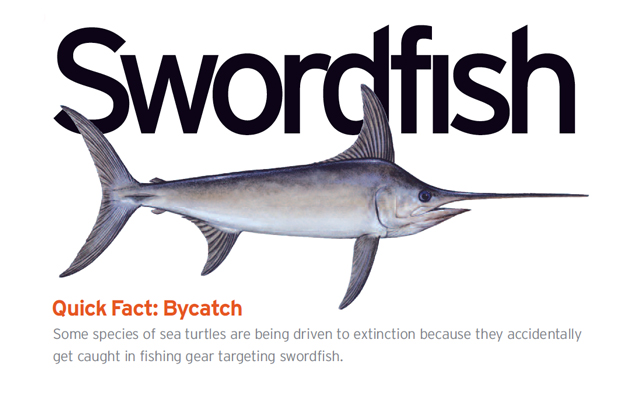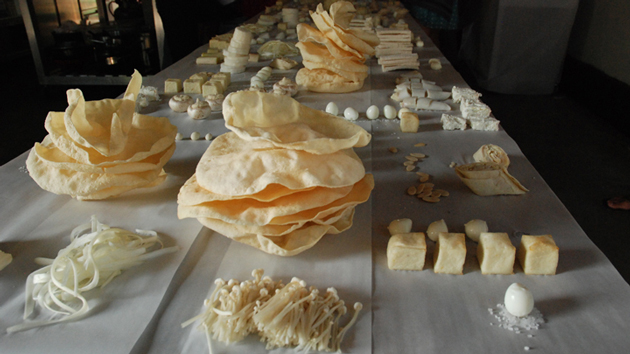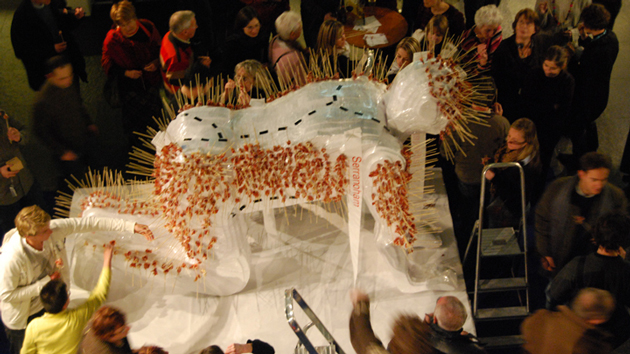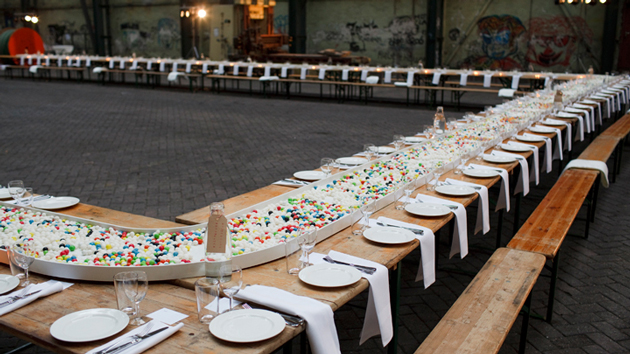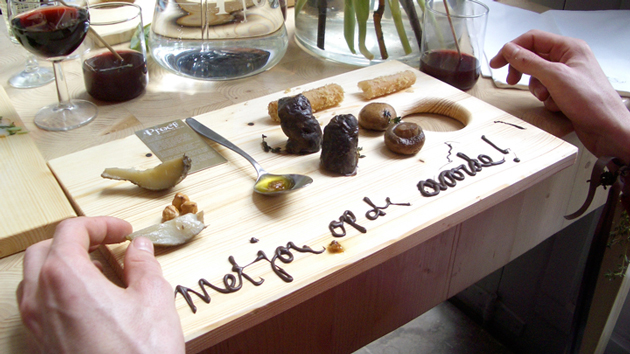.
Essen: Il Pane d’Altamura
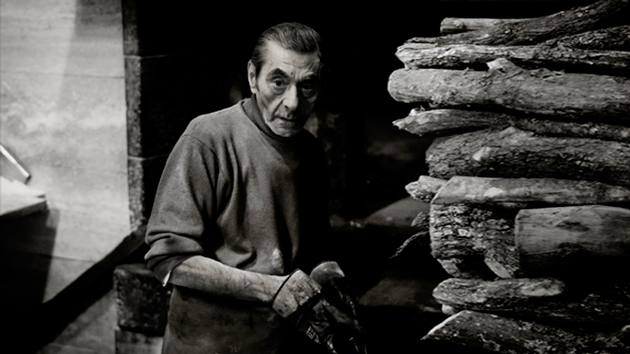
With bread we left our beastly beginnings and conquered, through grinding grain, a civilised state. Even Homer says this, having utilised “eaters of bread” as a metaphor for humankind. And going even further east and reaching back deeper into the centuries we see that even Gilgamesh, the sacred text Mesopotamia, told of man’s escape from the primitive with the discovery of the production of bread. In Puglia on a tract of land in the mountains in Murgia, among a landscape of volcanic rocks, the passage from barbarism to civility was made beautifully possible with the Pane d’Altamura.
Linked twice over with peasant culture since the end of medieval times, the “u skuanete,” or kneaded bread, is the principal good produced by the inhabitants of Alta Murgia and the centre of Pugliese society. It is the best bread in the world – or, so said the Latin poet Horace – and the clever adventurer always took a loaf away with him.
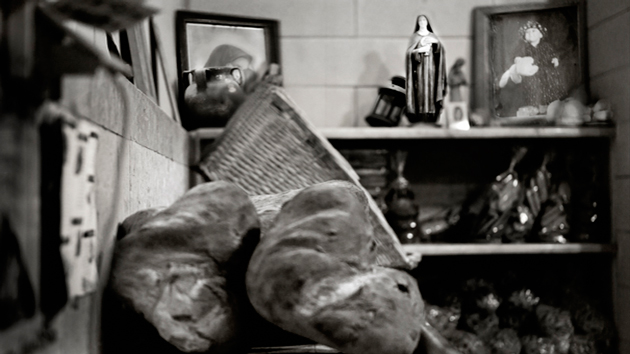
Made from durum wheat semolina, derived from the grains of the varieties “appulo,” “archangelo” “duilio” and “simeto,” water, natural yeast and salt. It is a process carried out in five phases: making of the dough, formation, proofing (the rising of the dough), shaping, and finally baking in a wood oven. These phases give the Pane d’Altamura an exceptional longevity. One loaf can be enjoyed even a few weeks after its baking, with tomatoes and extra virgin olive oil maintaining unaltered the flavour and nutritive properties.
Produced at home, bread was cooked in communal ovens. Bread was brought to the baker and marked in wood with the initials of the head of each family. Then, one waited for a yell from the baker at dawn announcing that the fresh bread was ready. Today, there are very few producers and bread makers who stick to the tradition.


If you would like to have an adventure in the valleys of Murgia, we advise you to always check that its colour is yellow, its crust crunchy and at least 5mm thick, that it has a porous, flakey inside, and that its baking was done in a wood oven. If, instead, you’re of the DIY conviction, here’s an excellent recipe to try out at home:
Recipe:
Making Pane d’Altamura at home is not easy, nor is there a guarantee of success.
The following is a slight variation for the “homemade” version, and is a previous recipe of a finished product. We also remind you that both this version and the original AOC version contain a notable percentage of gluten. Around 15%.
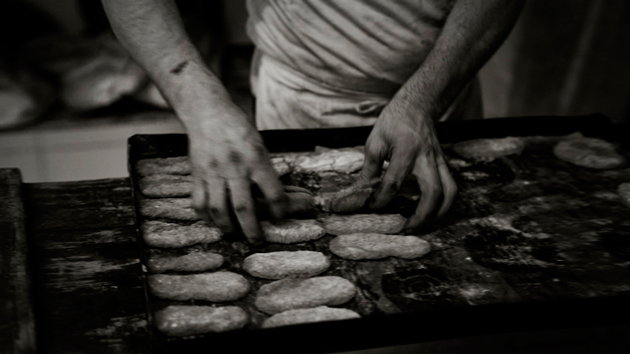
Ingredients:
700 grammes of durum wheat flour
20 grammes of natural yeast
400ml of water
1 handful of salt
On a cutting board, form the flour into a volcano-like shape, making a nice space at the centre. Add the yeast in the middle, with a glass of lukewarm water. Start forming the dough, adding a handful of salt and continue for at around 30 minutes. Allow to rise under a cotton cloth for at least three hours, then knead thoroughly and let rest for 10 minutes.
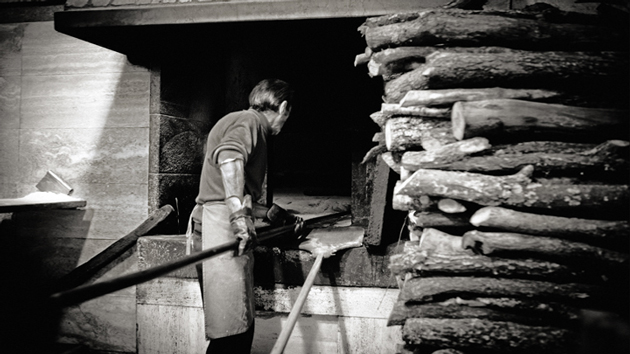
At the end of the second rest, make with a rectangular form from the dough and make it round by rolling it on itself. Dust with flour, and mark with a serrated knife with a cross from end to end.
Preheat oven to 250°C (480°F), and after having let the bread rest for a few minutes, bake for 40 minutes.
Pancotto d’Altamura
Pancotto is a typical Pugliese recipe, as simple as it is nutritious. It has been the principal and favourite dish of children in Murgia.
Ingredients for four people:
400 grammes of firm Altamura bread
1 crushed clove of garlic
Bay leaf (laurel)
Salt
Extra virgin olive oil
Pecorino cheese
Water
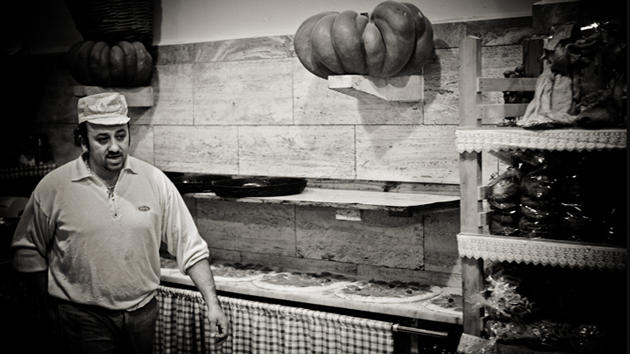
Preparation:
Paying special attention to the crusts, break the bread into small pieces and place it in a saucepan. Add water until the bread is covered and bring to a boil. Add the garlic, bay leaf, and a pinch of salt and let cook on low heat for around 20 minutes, allowing the water to boil away. Plate the bread and add extra virgin olive oil and the pecorino as desired.
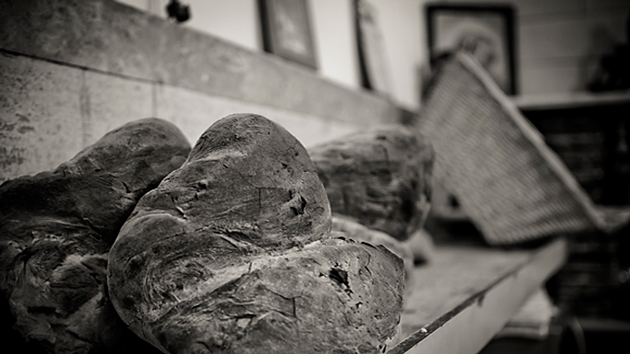
A note to our regular readers: Essen’s Saturday food column has been moved to Wednesdays!” Visit Essen for more fantastic insight into the world of food.
Cristina Zaga – Translated by Tag Christof – Images courtesy Federico Garibaldi
